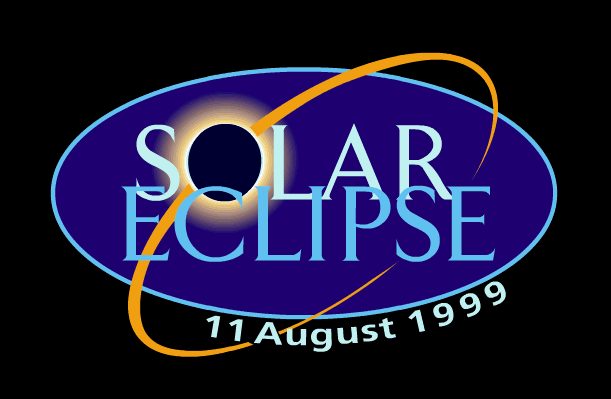 Radio
reception with and without sunlight
Radio
reception with and without sunlight Radio
reception with and without sunlight
Radio
reception with and without sunlight| Radio reception is different at night compared to during the day because
of how the different layers of the ionosphere respond differently to the
loss of sun's radiation. The ionosphere is the ionized part of the upper
atmosphere that reflects radiowaves (see picture below).
(select to enlarge)
The ``D layer'' of the ionosphere is the layer responsible for most of the signal absorption. It is the lowermost of the layers of the ionosphere and is quickly overwhelmed by the air around it if the source ionizing radiation from the sun is removed. Above the D layer are the reflecting ``E and F layers'' which are the ones used for communicating on short wave. These layers are so far up in the Earth's atmosphere that they can stay as they are for much longer, even for a while after sunset. In the case of the eclipse, by the time these layers have changed significantly the lunar shadow will have passed by. The sketch in figure [2.] shows how the D layer will disappear during the eclipse but the layers above may remain for longer.
Figure [2. ] Radiation from the sun is what largely creates the ionosphere. The shadow cast by the moon onto the Earth puts the lowermost part of the ionosphere, the D layer, into its night-time like state. The E and F layers are more resistant to change. None of the dimensions are anything like to scale. The consequence of this for HF or Short wave radio users, is that the total solar eclipse is believed to offer a UNIQUE environment, that of having DAYTIME LIKE maximum usable frequencies (MUFs) BUT WITH NIGHT TIME LEVELS OF ABSORPTION. This is the basis for the experiments.
|